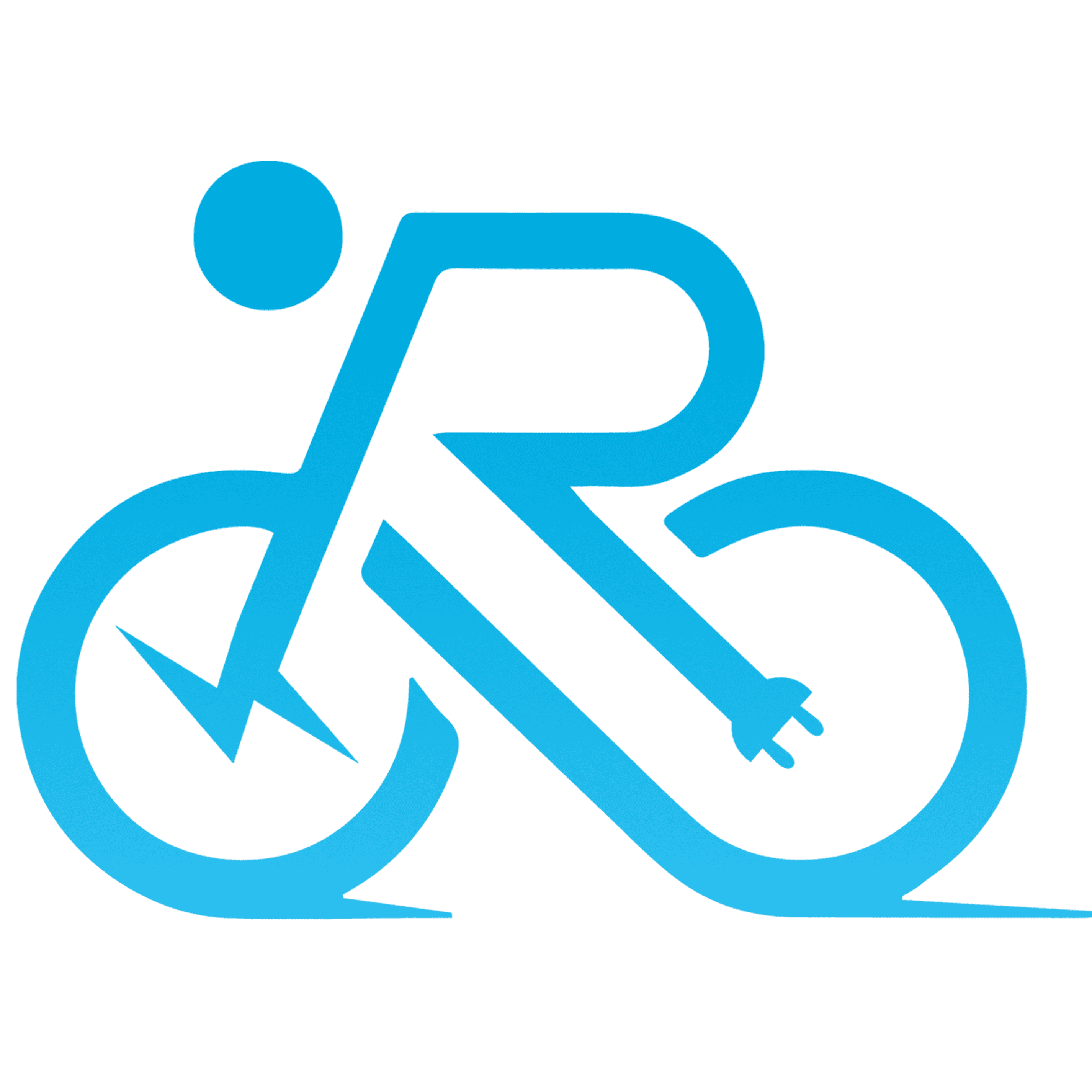| A |
| B |
| C |
| D |
| E |
| F |
| G |
| H |
| I |
| J |
| K |
| L |
| M |
| N |
| O |
| P |
| Q |
| R |
| S |
| T |
| U |
| V |
| W |
| X |
| Y |
| Z |
Glossary Article: Rear Hub Motor in E-bikes
Introduction to Rear Hub Motor
A rear hub motor is one of the key components in the power system of an electric bicycle (e-bike). Situated in the rear wheel hub, this type of motor propels the bike forward by exerting force onto the rear wheel, thus imitating the sensation of traditional, rear-wheel drive cycling.
Understanding the Rear Hub Motor
The rear hub motor is an electric motor embedded in the hub of the e-bike’s rear wheel. It’s powered by a battery, typically mounted somewhere on the bike frame. The motor operates when the rider activates it via a switch or sensor on the handlebars, or when the sensor detects pedaling movement.
In a rear hub motor system, the weight of the motor and battery are often distributed towards the back of the bike. This layout creates a riding experience akin to rear-wheel drive vehicles, where acceleration and hill climbing can feel more powerful.
Advantages of a Rear Hub Motor
There are several reasons why e-bike manufacturers and users may prefer rear hub motors:
- Simplicity: Rear hub motors are generally simpler in design and easier to install or replace compared to other types of e-bike motors. This simplicity can result in lower maintenance and repair costs.
- Performance: These motors can provide a powerful boost for acceleration and hill climbing. They are also less likely to bog down under heavy loads, making them a preferred choice for cargo bikes or e-bikes designed for hilly terrain.
- Efficiency: Since rear hub motors operate independently of the bike’s gears, they can be more energy-efficient in flat terrains and during high-speed rides.
Limitations of a Rear Hub Motor
While rear hub motors have numerous advantages, there are also some limitations to consider:
- Weight Distribution: Having the motor in the rear hub can make the bike back-heavy, which may affect handling, especially when riding without electric assist or when carrying cargo.
- Less Traction: In slippery conditions, front-wheel drive may provide better traction. This is because the weight of the rider tends to be more centered or forward-leaning, especially during acceleration.
- Tire Maintenance: Changing a flat tire can be more complex with a rear hub motor, as you’ll need to disconnect the motor and any associated wiring.
Conclusion
In summary, a rear hub motor is a type of e-bike motor situated in the rear wheel hub, providing power for propulsion. It offers a simple, efficient, and powerful solution for e-bike propulsion, particularly suited to high-speed rides, heavy loads, and hilly terrains. However, the potential impact on bike handling and tire maintenance requirements are important factors to consider. Whether a rear hub motor is the best choice will depend on an individual’s needs, preferences, and the specific conditions they plan to ride in.
